Evidence-Based Natural Remedies and Supplements for Managing Side Effects
Supplement Interaction Checker
Check for Supplement Interactions
When a prescription drug gives you nausea, dizziness, or a rash, the first thought is often to reach for a "natural" fix. The idea that a plant‑based product is automatically safe is tempting, but the reality is messier. Below is a straight‑talk guide that separates the hype from the data, so you can decide which natural remedies actually help with side‑effect relief and which ones might add new problems.
What counts as a natural remedy?
Natural remedies are plant‑derived substances, herbs, or food‑based supplements that people use to prevent or ease medication side effects. They range from well‑studied extracts like Echinacea to less‑regulated mixes such as Syo‑saiko‑to (a Japanese formula containing Scutellaria root).
Because they sit between food and drugs, the FDA does not require pre‑market safety testing for most of them. That means the burden of proof is on you and your health‑care team.
Why ‘natural’ isn’t a safety guarantee
Data from the National Center for Complementary and Integrative Health (NCCIH) shows that 23 % of U.S. adults used a natural product in 2012 - a jump of almost 18 % since 2007. Yet the same agency warns that "natural doesn't always mean safe." A 2016 JAMA review listed over a dozen herbs linked to serious adverse events, from liver toxicity to seizures.
Take Ephedra for example. Between 1995‑1999 the FDA recorded more than 800 emergency‑room visits tied to Ephedra alkaloids, with heart attacks, strokes and even death in a sizable fraction of cases. Even low doses (1‑5 mg/day) have sparked life‑threatening reactions.
Other herbs like Licorice can cause pseudohyperaldosteronism - a condition that leads to high blood pressure, low potassium and swelling. The NHS reports that up to 3 % of people who consume high‑dose licorice develop this syndrome.
Common side‑effects that people try to treat naturally
- Gastrointestinal upset (nausea, heartburn, diarrhea)
- Fatigue or low energy
- Joint or muscle pain
- Hot flashes and night sweats (especially during menopause)
- Sleep disturbances
- Skin rashes or itching
Below is a quick look at which natural remedies have the strongest evidence for each of these complaints.
What the evidence says - a side‑by‑side snapshot
| Supplement | Targeted Side‑Effect | Evidence Strength | Key Risks |
|---|---|---|---|
| Ginkgo biloba | Blood‑flow related dizziness | Moderate (RCTs show modest improvement) | Bleeding ↑ with warfarin/aspirin |
| St. John’s wort | Depression from interferon therapy | Strong (multiple meta‑analyses) | Reduces contraceptive efficacy, induces CYP3A4 |
| Black cohosh | Hot flashes | Weak‑to‑moderate (preparation‑dependent) | Rare liver enzyme elevation, GI upset |
| Echinacea | Immune‑related fatigue | Low (mostly safety data) | Allergic reactions for ragweed‑sensitive people |
| Cranberry extract | Urinary irritation from chemotherapy | Low‑moderate (small RCTs) | Bleeding risk with anticoagulants |
| Licorice root | Stomach ulcer discomfort | Low (mostly anecdotal) | Hypertension, hypokalaemia |
Notice how every entry lists a risk. Even a "moderate" evidence level does not erase safety concerns.
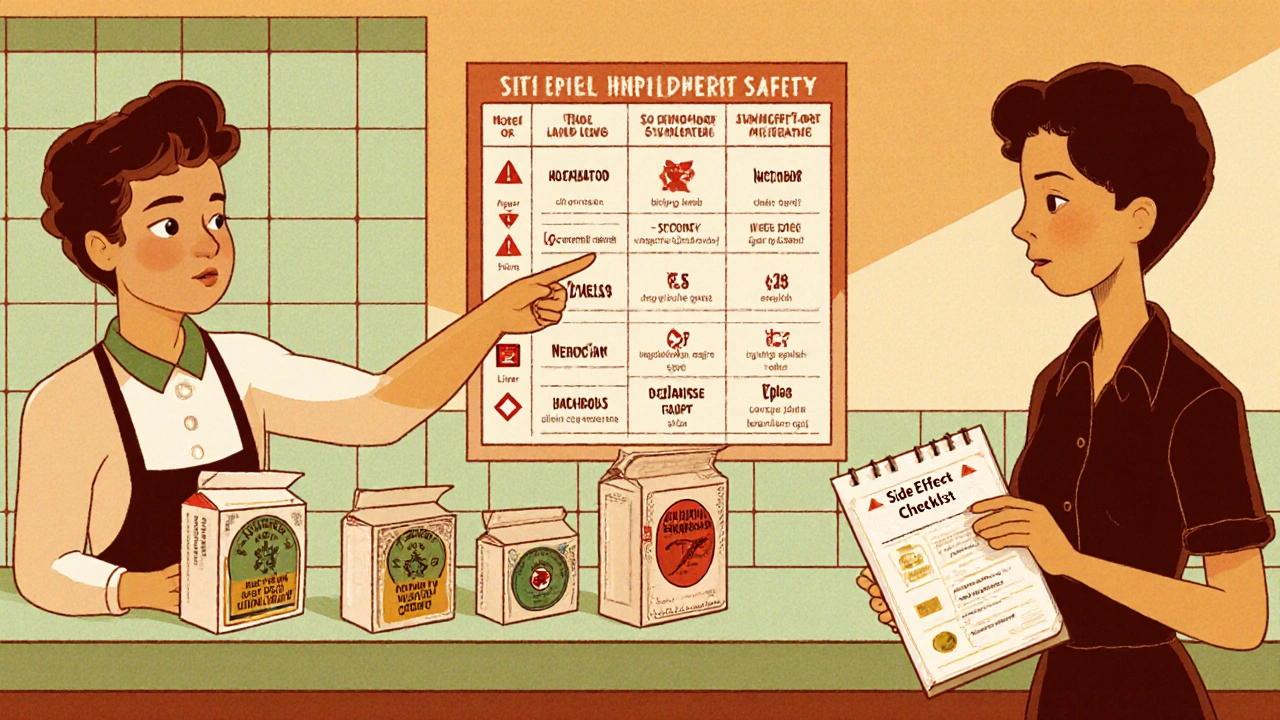
How to evaluate a supplement before you buy
- Check the label for standardized extracts. Look for a % of active constituents (e.g., 5 % hypericin in St. John’s wort).
- Verify third‑party testing. Organizations like USP, NSF or ConsumerLab provide batch‑specific analysis for contaminants.
- Match the dosage to the clinical study. Many adverse events arise from using doses far above what was tested.
- Ask your pharmacist or physician about drug‑herb interactions. A quick check can prevent a bleed or a contraceptive failure.
- Start low, go slow. If you decide to try a new herb, begin with half the recommended dose and monitor for any new symptoms.
Real‑world stories that illustrate the stakes
Sarah, a 58‑year‑old on tamoxifen for breast cancer, added Black cohosh to calm hot flashes. Within two weeks she experienced mild liver enzyme elevation, prompting her oncologist to stop the herb. Her case mirrors a 2023 Cleveland Clinic review that flags possible liver stress with certain black cohosh preparations.
Mark, a 34‑year‑old Marathon runner, mixed Ginkgo biloba with his prescription aspirin for leg cramps after a new blood‑pressure medication. He ended up with a nosebleed that lasted 30 minutes and a bruised arm-classic signs of amplified antiplatelet effects.
These anecdotes are not isolated. A 2022 analysis of Reddit’s r/Supplements forum found 37 % of 1,245 commenters reported gastrointestinal upset after starting a new herb, and r/Pharmacy threads repeatedly warned about St. John’s wort’s interaction with hormonal birth control.
Special populations - older adults and pregnant people
Older adults often have slower drug clearance. The JAMA review notes that herbal compounds can accumulate, making side effects more likely. For example, a 70‑year‑old taking Ephedra (still available in some Asian markets) could see a spike in heart rate and blood pressure that a younger person might tolerate.
Pregnant or breastfeeding people should be ultra‑cautious. Many herbs cross the placenta or enter breast milk, and safety data are sparse. The safest route is to stick with prenatal vitamins approved by a OB‑GYN and avoid “herbal teas” unless a provider says it’s okay.
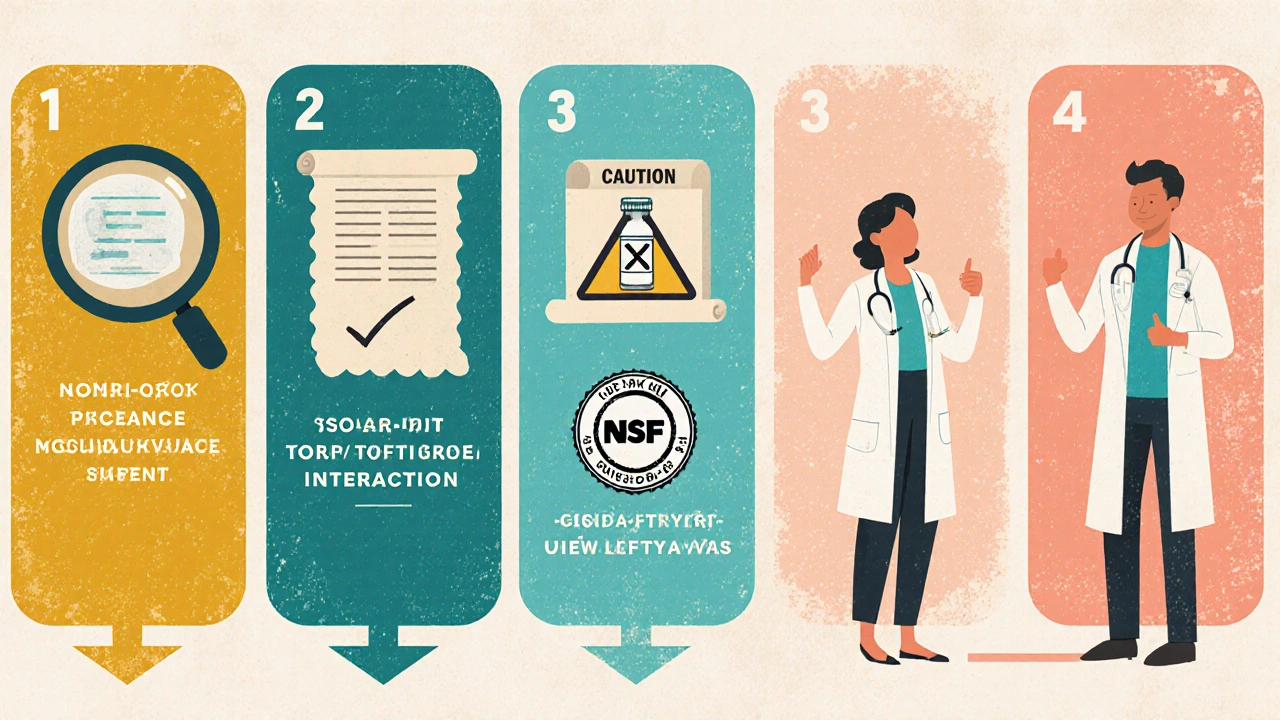
Regulatory landscape - what’s changing?
The U.S. still follows the Dietary Supplement Health and Education Act (DSHEA) of 1994, which leaves safety testing to manufacturers. Europe, however, uses a monograph system through the EMA that demands documented traditional use and safety data before a herb can be marketed for a specific indication.
In 2023 the NCCIH launched a strategic plan to fund more rigorous clinical trials of herbal safety, especially for long‑term use. Meanwhile, DNA‑barcoding pilots are reducing accidental substitution (e.g., confusing Silymarin with a look‑alike that may be toxic).
Putting it all together - a quick decision framework
- Identify the exact side effect you want to treat.
- Search for a herb with at least moderate‑quality evidence for that indication.
- Check for known interactions with any prescription you’re on.
- Confirm the product is third‑party tested and that the dose matches study doses.
- Start low, watch for any new symptoms, and keep your doctor in the loop.
If the answer to any of those steps is “no,” it’s safer to look for an FDA‑approved medication or a non‑herbal lifestyle change (e.g., hydration, sleep hygiene).
Bottom line
Natural remedies can be useful allies when managing drug side effects, but they are not magic bullets. The same scientific rigor that protects prescription drugs should apply to herbs-standardized extracts, clear dosing, and a full interaction check. By treating supplements as drugs, you dramatically reduce the chance of swapping one problem for another.
Can I take St. John’s wort with my birth control pill?
No. St. John’s wort induces the liver enzyme CYP3A4, which can cut the effectiveness of hormonal contraceptives by 15‑24 %. Use a backup method or choose another herb.
Is black cohosh safe for women with a history of breast cancer?
Current evidence does not show estrogenic activity, but isolated reports of liver issues exist. Talk to your oncologist before starting any black cohosh product.
What should I look for on a supplement label?
Identify the standardized extract (e.g., 5 % hypericin), check for a third‑party seal (USP, NSF), and verify the dosage matches what was used in clinical trials.
Do herbal supplements cause liver damage?
Some do, especially when taken in high doses or when contaminated with metals. Herbs most often linked to liver injury include certain Scutellaria‑based formulas and poorly sourced Black cohosh preparations.
Is it okay to combine multiple herbs to treat different side effects?
Mixing herbs raises the risk of unexpected interactions. Always discuss combinations with a pharmacist or physician before starting.

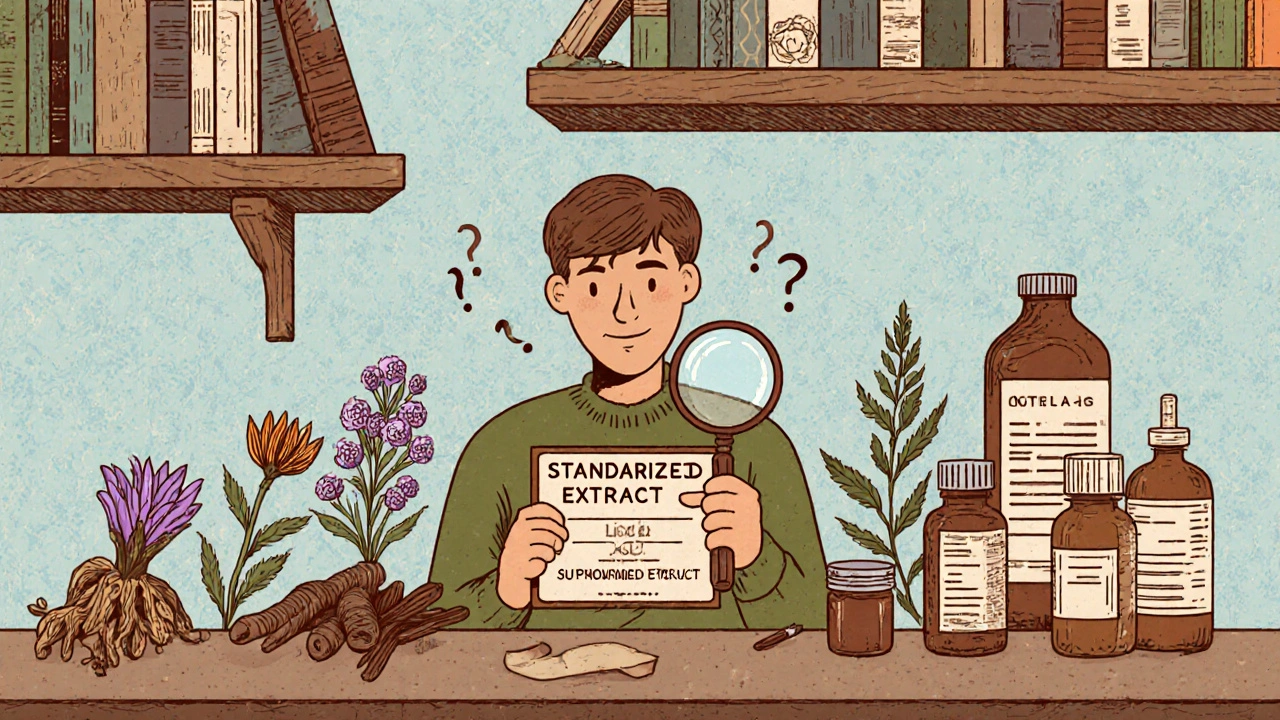
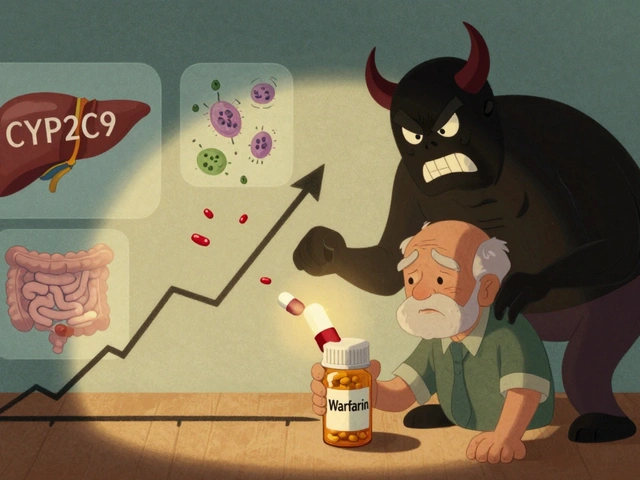



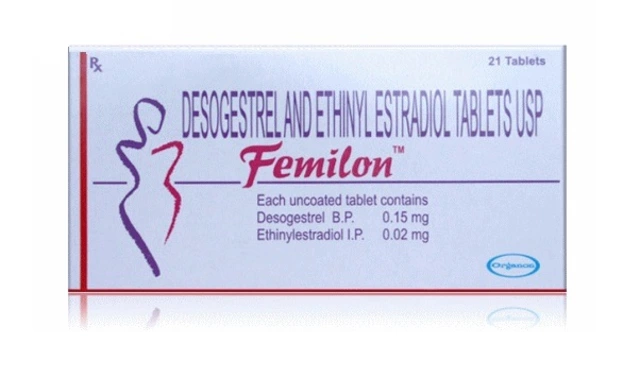
15 Comments
kevin burton
October 25, 2025 at 16:46
When you’re looking at a supplement, the first thing to verify is whether it has a third‑party seal such as USP or NSF. Those organizations test each batch for contaminants and for the amount of active ingredient listed on the label. Matching the dose to what was used in the clinical trials is also crucial, because many adverse events stem from overdosing.
Max Lilleyman
October 26, 2025 at 20:33
Honestly, most people just skim the label and trust the logo 🤦♂️. If you’re not willing to dig deeper, you’re basically gambling with your health 😬. Brands that can’t afford proper testing are the ones pushing shady products.
Buddy Bryan
November 1, 2025 at 15:26
People love to slam natural supplements without looking at the data, but the evidence landscape is not black and white.
First, the dose matters – many studies use standardized extracts that you won’t find in cheap store‑bought capsules.
Second, the patient’s baseline health status can amplify or mute an herb’s effect, especially in older adults with polypharmacy.
Third, interactions are often dose‑dependent; St. John’s wort can reduce contraceptive efficacy even at low doses, while Ginkgo’s bleed risk spikes when combined with aspirin.
Fourth, the quality of the raw material varies wildly based on geography and harvest time, which means two “identical” products can have different active compound percentages.
Fifth, regulatory oversight is minimal, so contaminants like heavy metals or adulterants slip through unnoticed.
Sixth, a lot of the “anecdotal successes” come from short‑term use, whereas chronic use can reveal hidden liver toxicity.
Seventh, many clinical trials have small sample sizes, so the statistical power is limited and results may not generalize.
Eighth, patient‑reported outcomes are subject to placebo effects, especially for symptoms like hot flashes.
Ninth, you should always involve your prescribing physician before adding any supplement to your regimen.
Tenth, if you notice any new symptom after starting an herb, stop it immediately and seek advice.
Eleventh, third‑party testing seals are not a guarantee of efficacy, only of purity.
Twelfth, remember that “natural” does not equal “harmless.”
Thirteenth, the cost of a high‑quality extract can be a barrier but is often worth the safety margin.
Fourteenth, keep a simple log of what you take, the dose, and any side effects – it helps your health team make informed decisions.
Fifteenth, the bottom line is that evidence‑based selection, proper dosing, and vigilant monitoring turn a risky supplement into a useful adjunct.
Jonah O
November 2, 2025 at 19:13
Yo, they don't want u to know that big pharma funds most of those "studies" 🤔. The real cure is hidden in ancient texts, but the board keeps us in the dark. If you trust the "regulators", you're just a pawn.
Aaron Kuan
November 3, 2025 at 23:00
Nature bites back when you poke it.
Brett Witcher
November 5, 2025 at 02:46
It is incumbent upon the discerning patient to interrogate the pharmacognostic provenance of any phytotherapeutic agent. One must scrutinize the chemotypic consistency, which is often obfuscated by marketing vernacular. Moreover, the mechanistic plausibility of the purported effect should be reconciled with established biochemical pathways. Absent such rigor, one risks substituting a placebo for a potential toxin.
Benjamin Sequeira benavente
November 6, 2025 at 06:33
Let’s cut the pomp – if the label is vague, the product is suspect. You don’t need a PhD to read “standardized extract 5 % hypericin”; you just need to demand proof. Stop settling for marketing fluff and demand real data, now.
Shannon Stoneburgh
November 7, 2025 at 10:20
The advice is solid, but many patients skip the third‑party seal because it costs extra. That cost barrier often leads to cheaper, untested products slipping into the market, which is a real problem.
Nathan Comstock
November 8, 2025 at 14:06
America’s health system is being hijacked by global elites pushing foreign herbs onto unsuspecting citizens. We must stand up and demand home‑grown, FDA‑approved solutions, not these imported snake‑oil concoctions!
Terell Moore
November 9, 2025 at 17:53
Ah, the classic “protect the homeland” narrative, as if a geographic label magically guarantees safety. The evidence doesn’t care about borders – it cares about chemistry and rigor.
Amber Lintner
November 10, 2025 at 21:40
Sure, you can blame the manufacturers, but the real drama is watching people fall for “miracle” cures while ignoring the science. It's almost theatrical how the hype builds and then collapses.
Lennox Anoff
November 12, 2025 at 01:26
One cannot help but notice the moral decay inherent in the casual endorsement of unvetted botanicals. While the allure of “natural” is potent, ethical responsibility demands a higher standard. Let us, therefore, champion a disciplined approach that respects both patient autonomy and scientific integrity.
Olivia Harrison
November 13, 2025 at 05:13
I totally agree, Lennox. It’s great to see a balanced view that puts patient safety first while still acknowledging the appeal of natural options. Thanks for sharing this thoughtful perspective!
Corrine Johnson
November 14, 2025 at 09:00
When evaluating supplements, one must consider, first and foremost, the presence of a third‑party seal; second, the standardization of the active constituents; third, the dosage alignment with peer‑reviewed studies; and, finally, the documented interaction profile with concomitant medications.
Jennifer Stubbs
November 15, 2025 at 12:46
The checklist you provide is comprehensive, but remember that real‑world outcomes also depend on individual variability, such as genetics and existing comorbidities; therefore, clinicians should use this as a framework rather than an absolute rule.